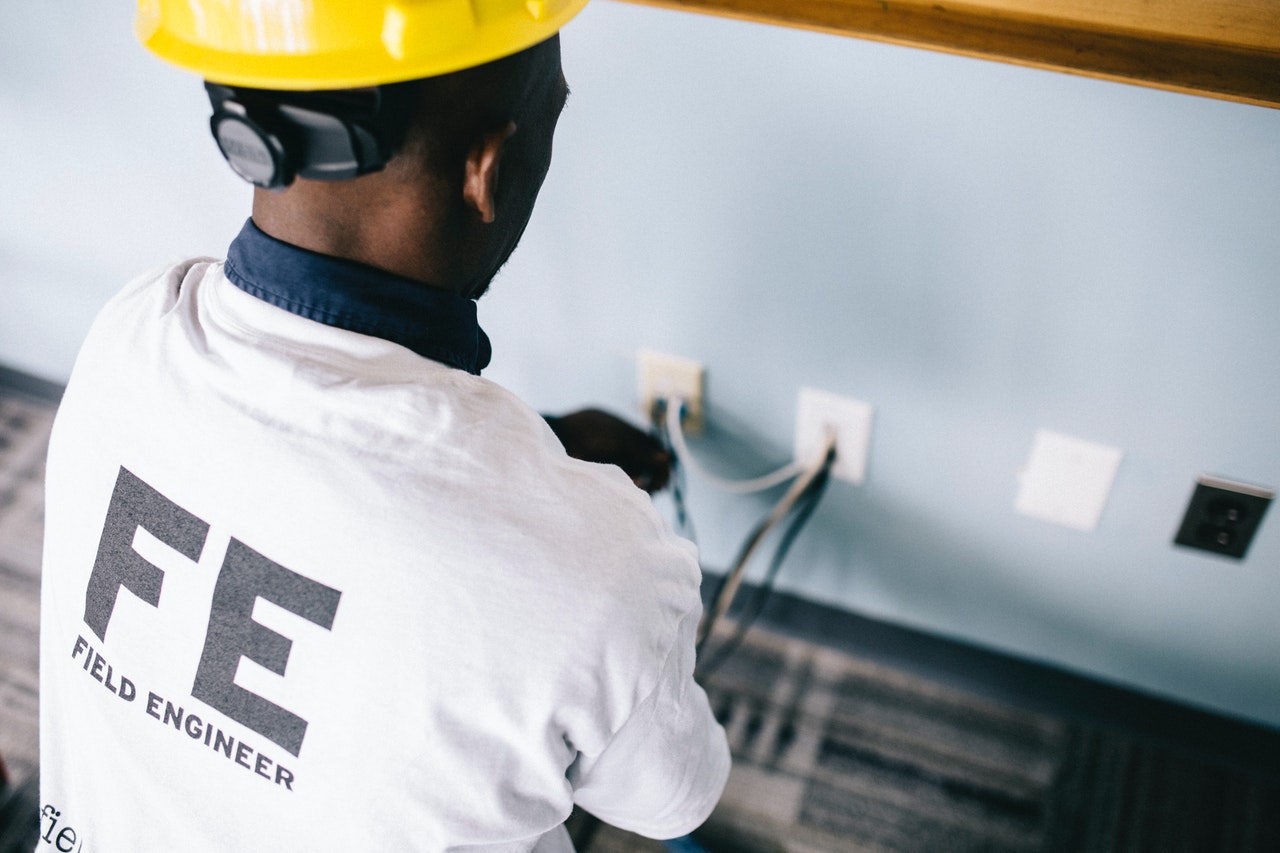When the power goes out, a tripped breaker, or another problem occurs in an electrical circuit, knowing the basic components of an electrical system can assist you in getting things back up and running.
Residential electrical wiring systems begin at the service entrance, which consists of the utility’s power lines and equipment that supply power to the property. The electricity is delivered via an electric meter, which keeps track of how much energy is consumed in the residence and is used to calculate the monthly electric bill. The utility company’s jurisdiction ends with the meter in most cases. Let’s have a look at all of these electrical equipment in more detail.
Why is Basic Electrical Knowledge Important?
Your power company is responsible for bringing power to your home, but once it does, you are responsible for everything linked to your home’s electrical system, including wiring, switches, outlets, and fixtures.
As a homeowner, it’s critical to understand the fundamental components of your system so that you can make informed decisions about safety, maintenance, and upgrades. Knowledge about electrical components is important due to following reasons:
- Safety
Electrical problems are responsible for home fires. Knowing the fundamentals of how electricity works in your home can help you avoid a dangerous electrical fire. Knowing basic electrical concepts can also help you in dealing with common electrical hazards. A quick response can be beneficial for your household or people around you in public places.
- System Upgradation and Maintenance
Regular inspection and maintenance of your home’s electrical essentials can help you avoid difficulties in the future. Understanding the electrical basics in your home will assist you in making informed decisions about adding more outlets, upgrading switches, and adding smart features to electrical systems.
Common Electrical Components
- Service Connection and Electric Meter
The power service and electric meter are the foundations of your home’s electricity. Service wires from the utility provider (whether overhead or underground) run to your home and connect to the utility’s meter base. This meter foundation holds the electric meter. The meter is used to calculate the costs of your electric bill by measuring the quantity of electricity used in your home.
- Service Panel
Your electrical service feeds into your home’s main service panel, also known as the breaker box, after passing through the meter. Two big wires connect to large screw terminals within the service panel called lugs, which provide all of the panel’s electricity. The neutral, a third service wire, is connected to the neutral bus bar inside the panel.
In layman’s terms, power is delivered to the home via hot wires. It is supplied back to the utility on the neutral wire after passing through the domestic system, completing the electrical circuit.
- Disconnect Switch
A dedicated disconnect switch (also known as an isolator) is located on an outside wall of the residence near the electric meter in some residential electrical systems. A disconnect switch allows you to turn off the power from outside the home in the case of a fire, flash flood, or if you need to work on the system.
This eliminates the need to enter the home to turn off the power. The main circuit breaker at the home’s main service panel serves as the system disconnect if an electrical system does not have a separate disconnect switch.
A disconnect switch is also found in industrial applications to disconnect the machines from the power source for maintenance. Different models are manufactured to serve various purposes. For example, a beny dc isolator can be used for both high and low voltages.
- Main Circuit Breaker
The main breaker in the service panel is the switch that controls the power to the rest of the circuit breakers in the panel. It is tailored to fit the service capacity of your home. A 200-ampere service is provided by a conventional panel in modern houses. Older panels were designed to handle around 100, or even fewer amperes.
- Branch Circuit Breaker
The branch circuit breakers are located in the panel. Each of these breakers is a switch that regulates the flow of power via the house’s branch circuits. When you turn off a breaker, all of the devices and appliances on that circuit are turned off as well. The breaker automatically trips off if a circuit has a problem, such as an overload or a fault.
- Outlets
Electrical outlets supply power to plugged-in devices and appliances. Devices that can be plugged into an outlet include televisions, lamps, laptops, refrigerators, and other daily household items. 15-amp or 20-amp outlets are standard in most homes. 20-amp outlets can offer more energy without triggering a breaker.
High-demand appliances, such as electric stoves and clothes dryers, may require special outlets that produce 30 to 50 amps or more. You should make sure that proper wire-to-board connectors are used for setting up the outlets.
- Switches
Switches are the devices in your home that turn on and off lights and fans. They are available in a variety of styles and colors to fit your design needs. Single-pole, three-way, four-way, and dimmer switches are the types of switches available in the market. When you turn off a light switch, it opens the circuit, indicating that it is broken or incomplete, and electricity is interrupted.
The circuit is closed (completed) when the switch is turned on, and power flows from the switch to the light or other device it is regulating.
- Wiring
Non-metallic cable (usually known as Romex), Bx cable, and wiring disguised in the conduit (the protective covering of the wire) are some of the types of wiring used in your home. The most popular type of circuit wiring is NM cable.
It’s best used in dry, protected regions that aren’t exposed to mechanical damage or extreme heat.
Conclusion
This article discussed some of the basic electrical concepts and components. We hope that the importance and the basic function of an electrical system are clear after reading the points mentioned above.



